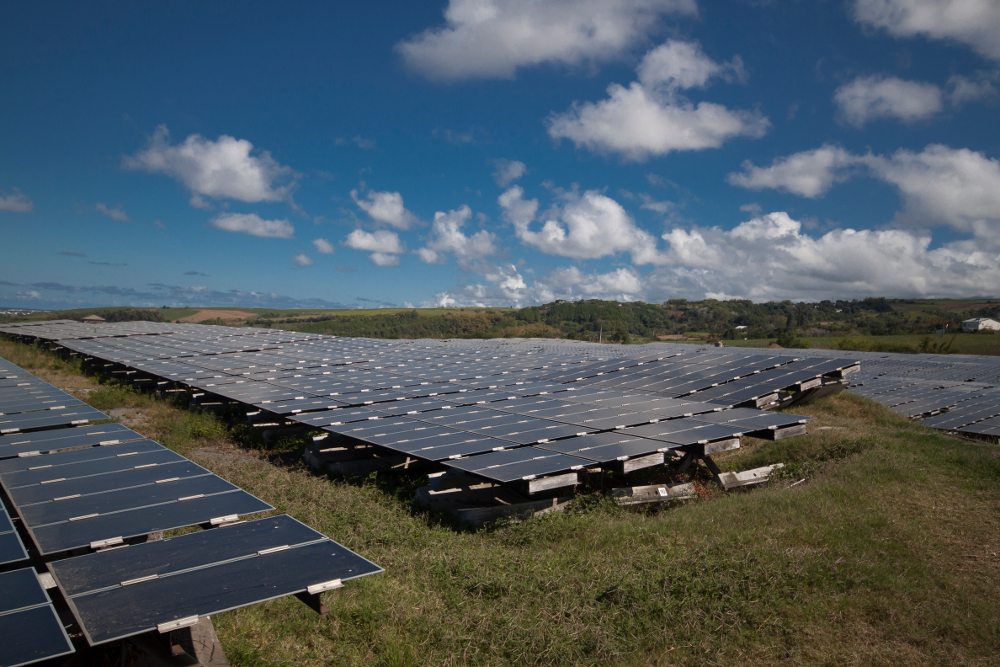France, host to the 21st Conference of the Parties (COP21), took the lead regarding the measures to adopt in order to mitigate climate change and thus prevent and reduce our ecological footprint to spread further.
Indeed, the French government set itself ambitious goals. “France must be exemplary”, according to the Minister of Ecology, Sustainable Development and Energy, Ségolène Royal.
In order to realize these goals, a draft national law on Energy transition for a green growth was first submitted by the National Assembly mid-October 2014 before being adopted at first reading by the Senate on March the 3rd. The draft law, which encompassed several fields of actions, set levers to attain energy transition.
Three areas were pinpointed as requiring the most significant advances:
- The increase of the renewables’ share and the evolution towards new business models
- The fight against wastage and waste management
- The improvement as to buildings renovation.
With regards to the energy mix, France announced four main measures that ensure its commitment in the coming climate negotiations:
- First, to reduce by 50% the share of nuclear energy in power generation by 2025 (nuclear power is capped to its current power, namely 63,2 GW)
- Reduce by 40% its greenhouse gas emissions by 2030
- Halve the energy consumption by 2050, with 2012 as baseline year
- Finally, make the renewables production up to 32% of its final energy consumption by 2030 (of which 38% of the heat consumed, 40% of electricity and 15% of fuels).
In spite of the Ministry’s previously announced solid commitments and of the population’s major support in terms of environmental measures
[in French], the Energy Transition Act was not unanimously supported. Indeed, the measures taken by the French government have been considered by many as insufficient considering the environmental stakes [in French], who have asked for the Act to be reviewed.
However, France, host to the 21st Conference of the Parties, ignored the divided opinions on the matter and the enactment of the law went as intended despite the difficult environment.
As the conference is approaching, the debate is petering out and doubts as for France’s environmental commitments gradually clear out.
A long while considered as wishful, exiting the energy model dominated by fossil fuel in favour of the renewable energies is now all-roundly accepted. Various studies helped the matter: indeed, MIT researchers published in 2015 a report on the future of solar energy, named accordingly « The Future of Solar ». They came to the conclusion that in order to face climate change and reduce greenhouse gas emissions, PV is the best resource to do so and to provide for humanity needs while respecting the environment. MIT proves that on top of being sustainable, renewables gradually become trustworthy.
A report of the NBAD (National Bank of Abu Dhabi) states that 80% of the world’s countries will get grid parity by 2017, meaning the cost per kWh for photovoltaic energy will cost the same as the selling price of conventional electricity.
That is why, President Hollande reaffirmed on August the 20th the government’s commitment in ensuring the promotion of renewables. Only two days after the Energy Transition law was put into effect, the French president announced a doubling in the planned-volume for large photovoltaic installations (installations greater than 250 kWp) of the third Energy Regulatory Commission’s (CRE) Public Tender. The total capacity for the Public Tender went from 400 to 800 MW.
Coupled with innovative breakthrough technologies such as storage development and production forecasting for intermittent renewable energies (solar and wind), switching from fossil fuel energies to a massive integration of renewables into the grid seems on track.
Furthermore, the Energy Regulatory Commission’s Public Tenders focus more and more on forecasting and the way it can be used to balance the grid and make intermittent renewable energies guaranteed energies.
These appear both in the Public Tender CRE 3’s bill of specifications (aimed at large installations’ capacity >250 kW) and in the Public Tender CRE ZNI for non-interconnected territories (aimed at insular areas that are non-interconnected to a metropolitan continental network).
